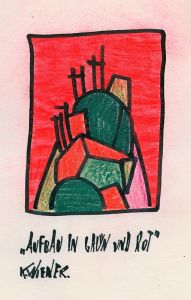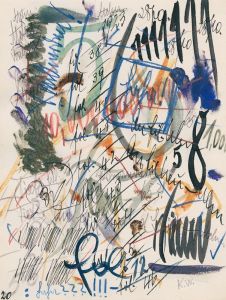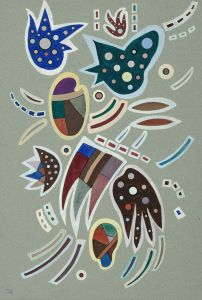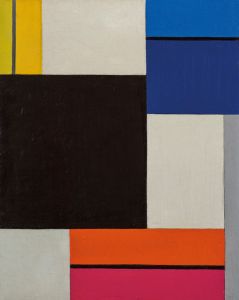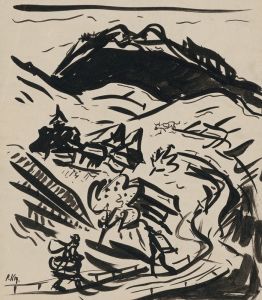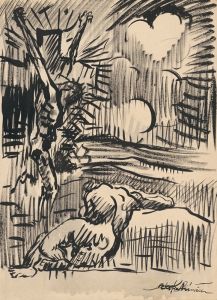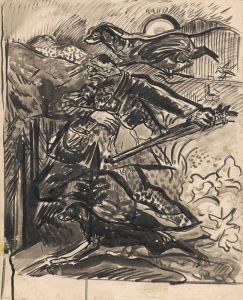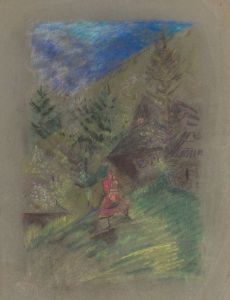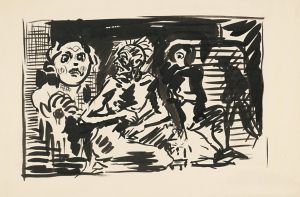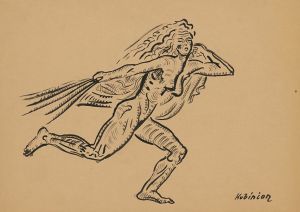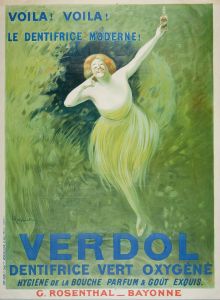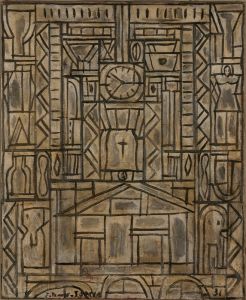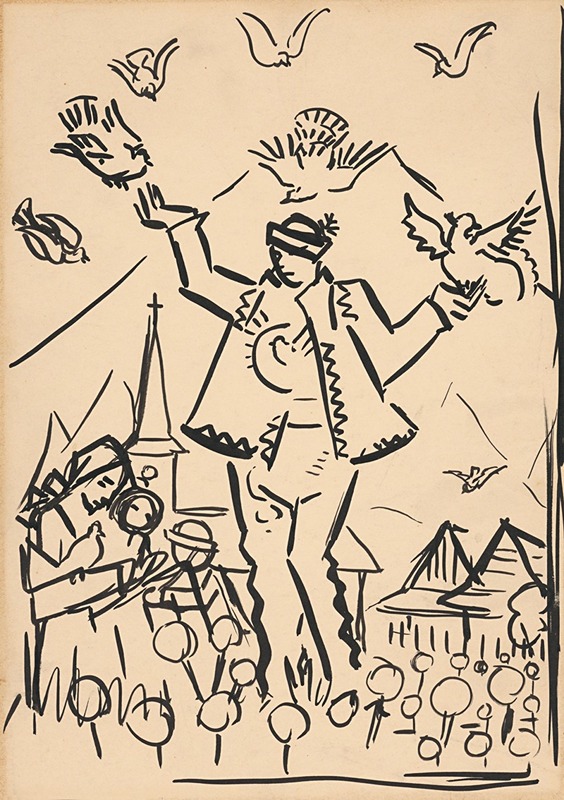
Štúdia k Radosti
A hand-painted replica of Arnold Peter Weisz-Kubínčan’s masterpiece Štúdia k Radosti, meticulously crafted by professional artists to capture the true essence of the original. Each piece is created with museum-quality canvas and rare mineral pigments, carefully painted by experienced artists with delicate brushstrokes and rich, layered colors to perfectly recreate the texture of the original artwork. Unlike machine-printed reproductions, this hand-painted version brings the painting to life, infused with the artist’s emotions and skill in every stroke. Whether for personal collection or home decoration, it instantly elevates the artistic atmosphere of any space.
Arnold Peter Weisz-Kubínčan was a Slovak-Jewish painter and graphic artist, known for his modernist style and contributions to the art scene in Slovakia during the early 20th century. One of his works, titled Štúdia k Radosti (translated as Study for Joy), reflects his distinctive artistic approach, which often combined elements of symbolism, expressionism, and surrealism.
Weisz-Kubínčan was born on May 3, 1898, in Dolný Kubín, a town in what is now Slovakia. He studied at the Academy of Fine Arts in Budapest and later in Vienna, where he was influenced by the avant-garde movements of the time. His works often explored themes of human emotion, spirituality, and the complexities of modern life, rendered in a style that was both innovative and deeply personal.
Štúdia k Radosti is believed to be a preparatory study or conceptual work for a larger composition, though the final piece, if it existed, has not been definitively identified. The painting exemplifies Weisz-Kubínčan's use of bold colors, dynamic forms, and intricate symbolism. While specific details about the creation date and context of this particular work are scarce, it is consistent with the artist's broader oeuvre, which often sought to convey a sense of hope and resilience despite the turbulent times in which he lived.
Weisz-Kubínčan's career was tragically cut short during World War II. As a Jewish artist living in Slovakia, he faced persecution under the Nazi regime. In 1944, he was deported to a concentration camp, where he is believed to have perished. Much of his work was lost or destroyed during the war, making surviving pieces like Štúdia k Radosti particularly significant.
Today, Weisz-Kubínčan's art is recognized for its unique contribution to Slovak modernism and its poignant reflection of the cultural and historical challenges of his era. His surviving works are held in various collections, including the Slovak National Gallery, where they continue to be studied and appreciated for their artistic and historical value.





